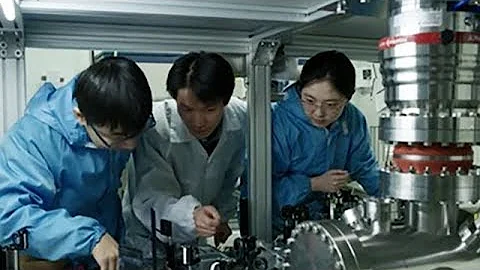reporters learned from the Hefei Institute of Physical Sciences, Chinese Academy of Sciences, that recently, the research group of researcher Huang Qunying from the Institute of Nuclear Energy Safety of the academy published a review article in the international journal "Journal of Nuclear Materials" in the field of nuclear materials, systematically elaborating on my country's latest progress and achievements in low activation steel composition design, radiation resistance and mechanical property optimization, processing and forming technology, standardization construction and engineering certification, etc. are also introduced. The development and testing strategies of low activation steel in my country are also introduced. The
International Thermal Fusion Experimental Reactor (ITER) project is currently one of the largest and most far-reaching international scientific research cooperation projects in the world. Its purpose is to verify the science of peaceful use of nuclear fusion power generation by building an reactor level nuclear fusion device. and engineering technical feasibility, which is a key step towards engineering application of controlled nuclear fusion research. This plan is also the largest international scientific and technological cooperation project that our country has participated in so far.
ITER experimental cladding module (TBM) is a key core component to verify the extraction of nuclear fusion energy and realize the proliferation and self-sustainment of fusion raw material tritium. It will withstand the comprehensive effects of high-energy neutron irradiation, high heat flow impact, and complex electromagnetic and mechanical loads, and is in service. The environment is very harsh, which places extremely high demands on structural materials. Low activation steel was selected as the preferred structural material for the ITER experimental cladding module due to its good low activation, radiation resistance and excellent high-temperature mechanical properties. In view of the important achievements and leading role played by researcher Huang Qunying and related R&D teams in the research of low activation steel in China, he was invited to present the research on low activation steel in China at the 20th International Conference on Fusion Reactor Materials (ICFRM-20). Invited report at the conference on progress.
These related research results have laid a good material and technical foundation for the smooth development of my country's ITER experimental cladding module, and will also provide an important reference for my country's fusion reactor material research and development and engineering applications. (Science and Technology Daily reporter Wu Changfeng, photo provided by the Hefei Research Institute of the Chinese Academy of Sciences)

Source: Science and Technology Daily





















